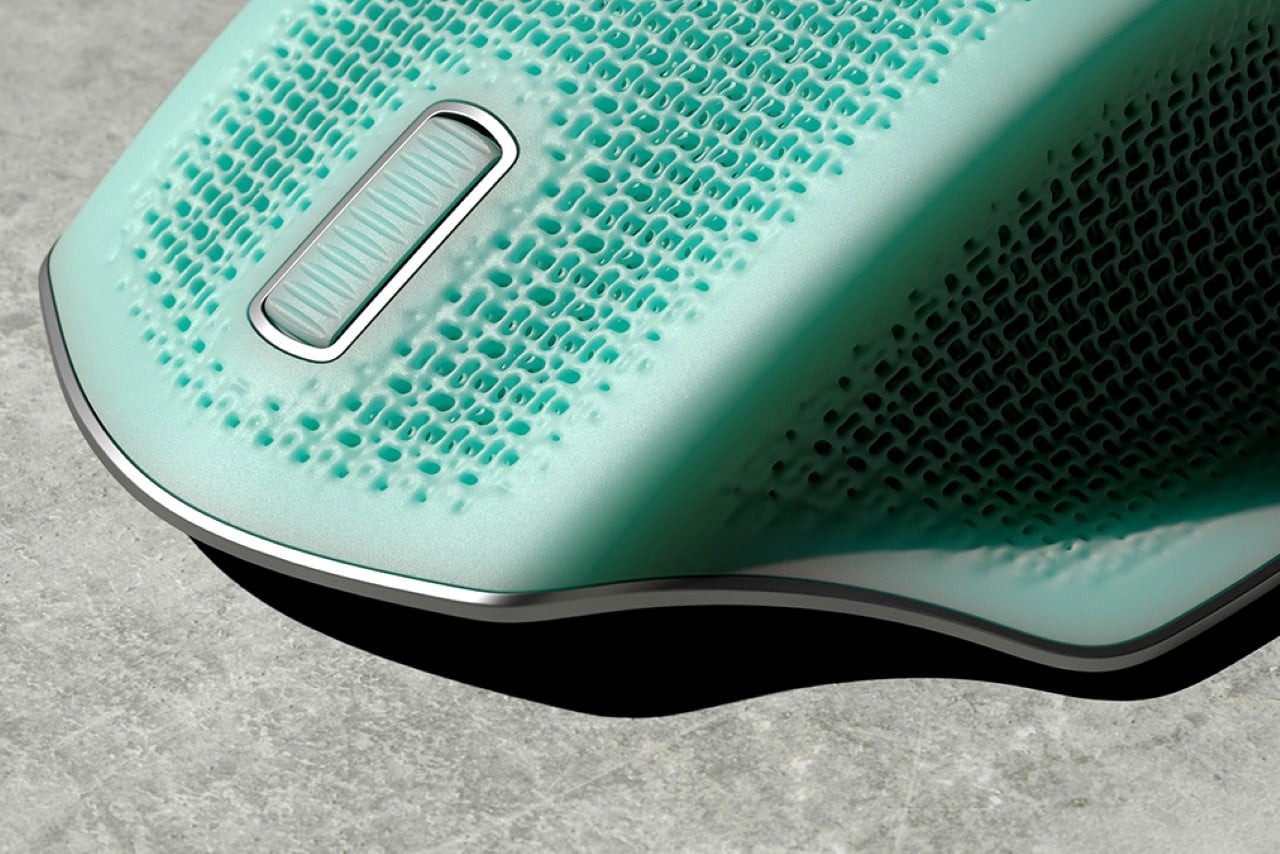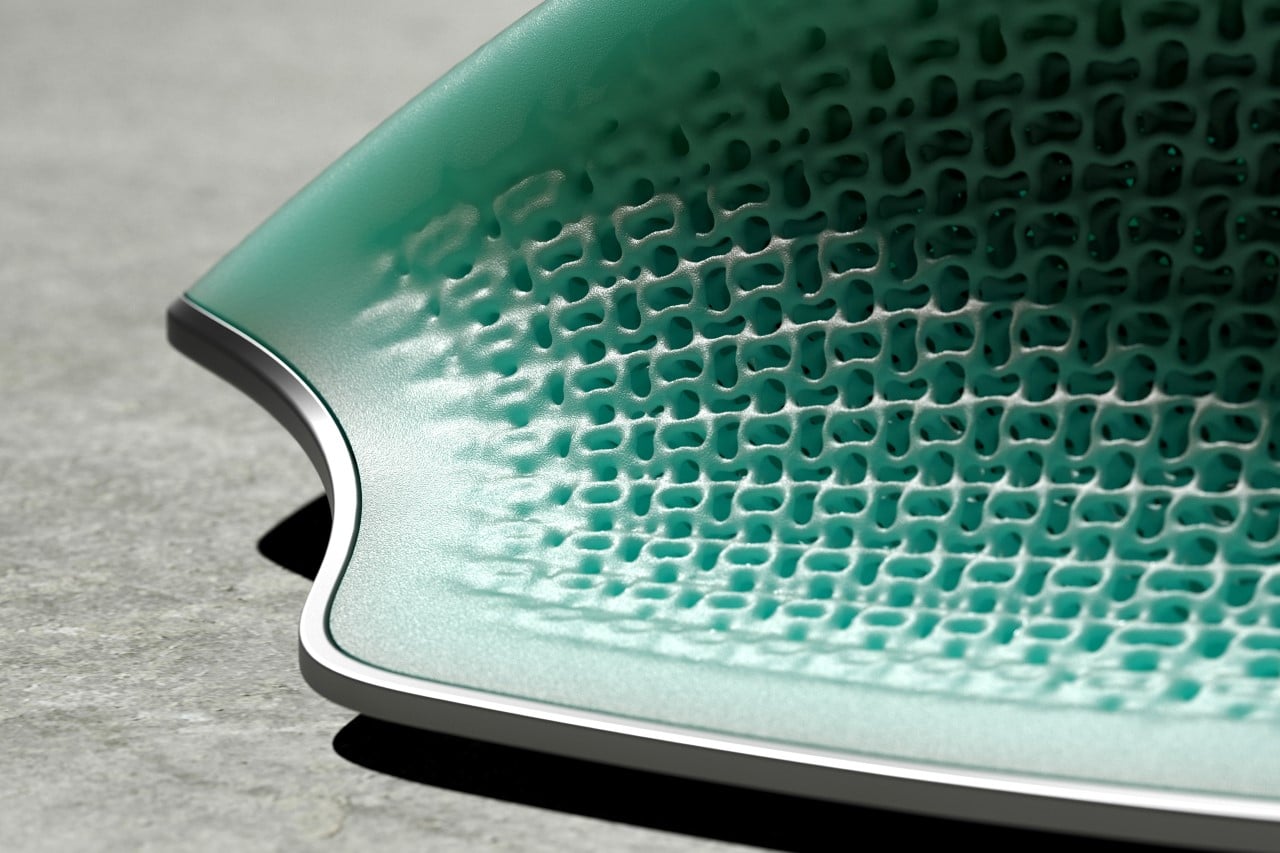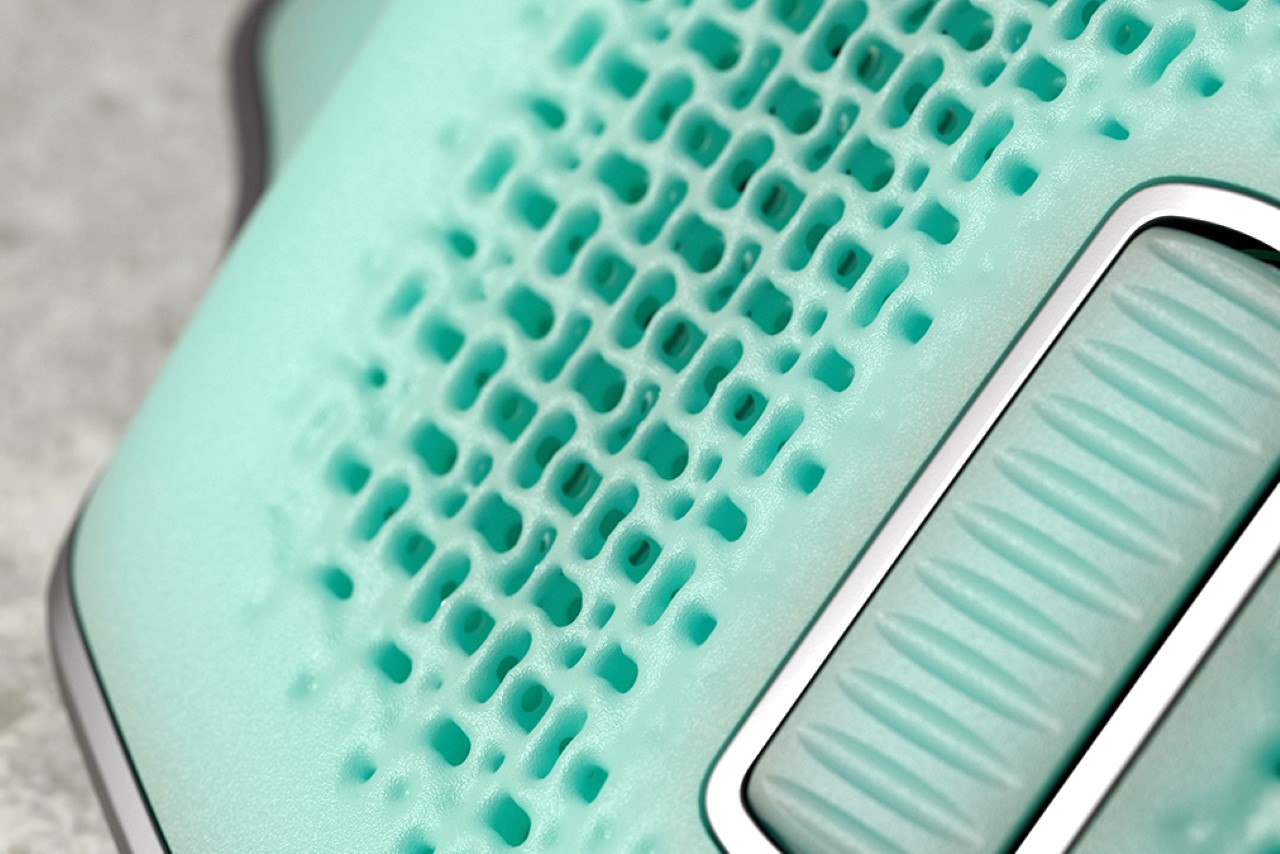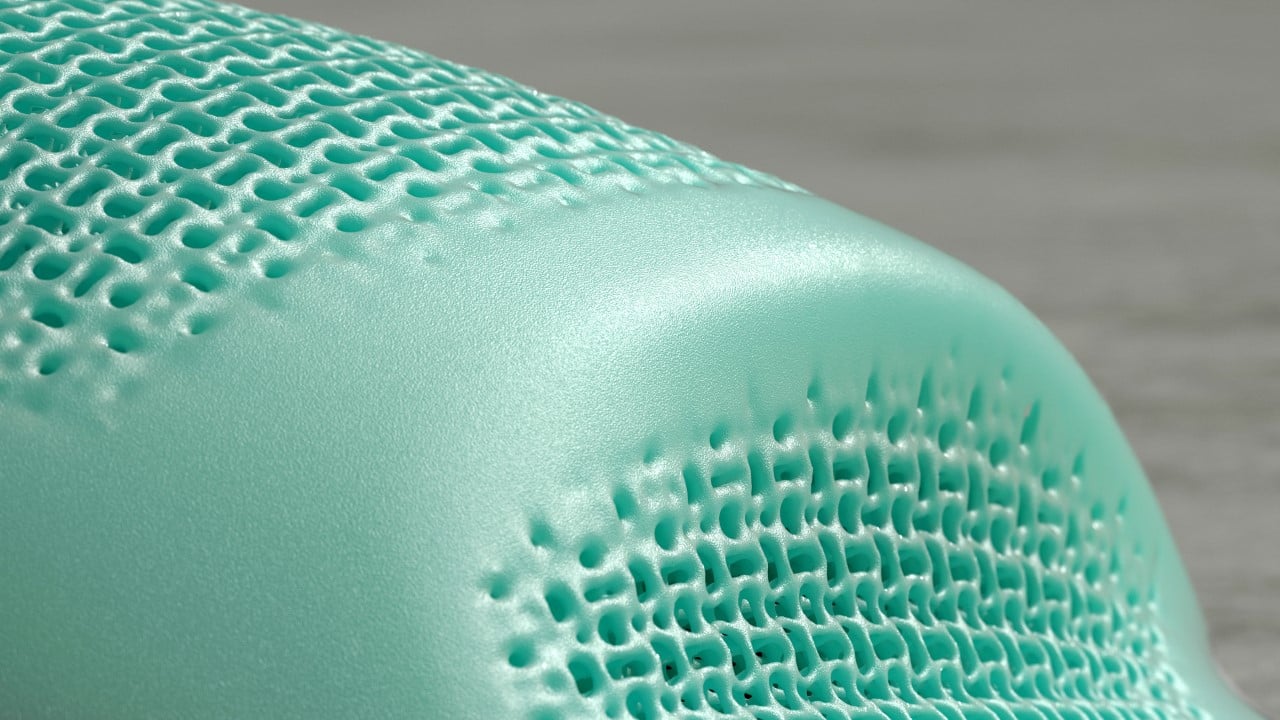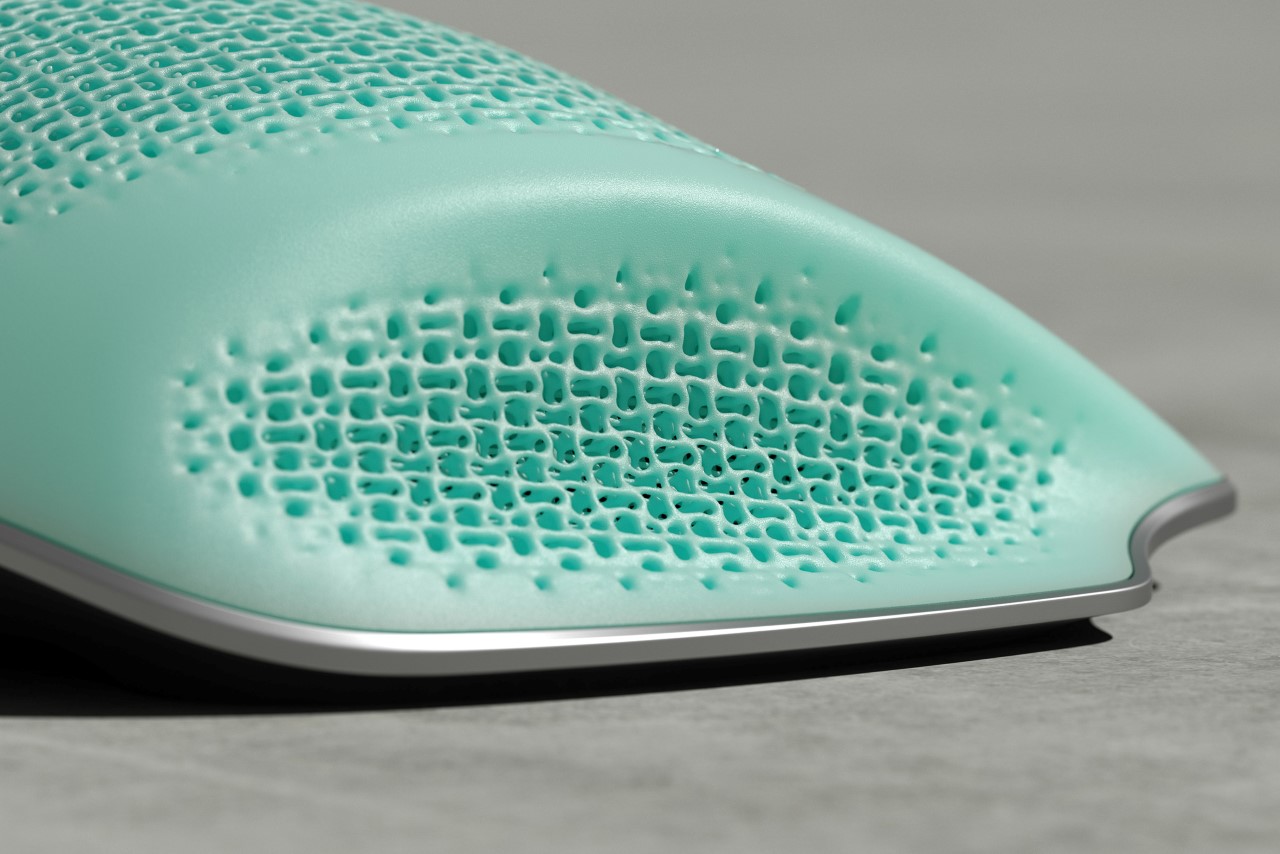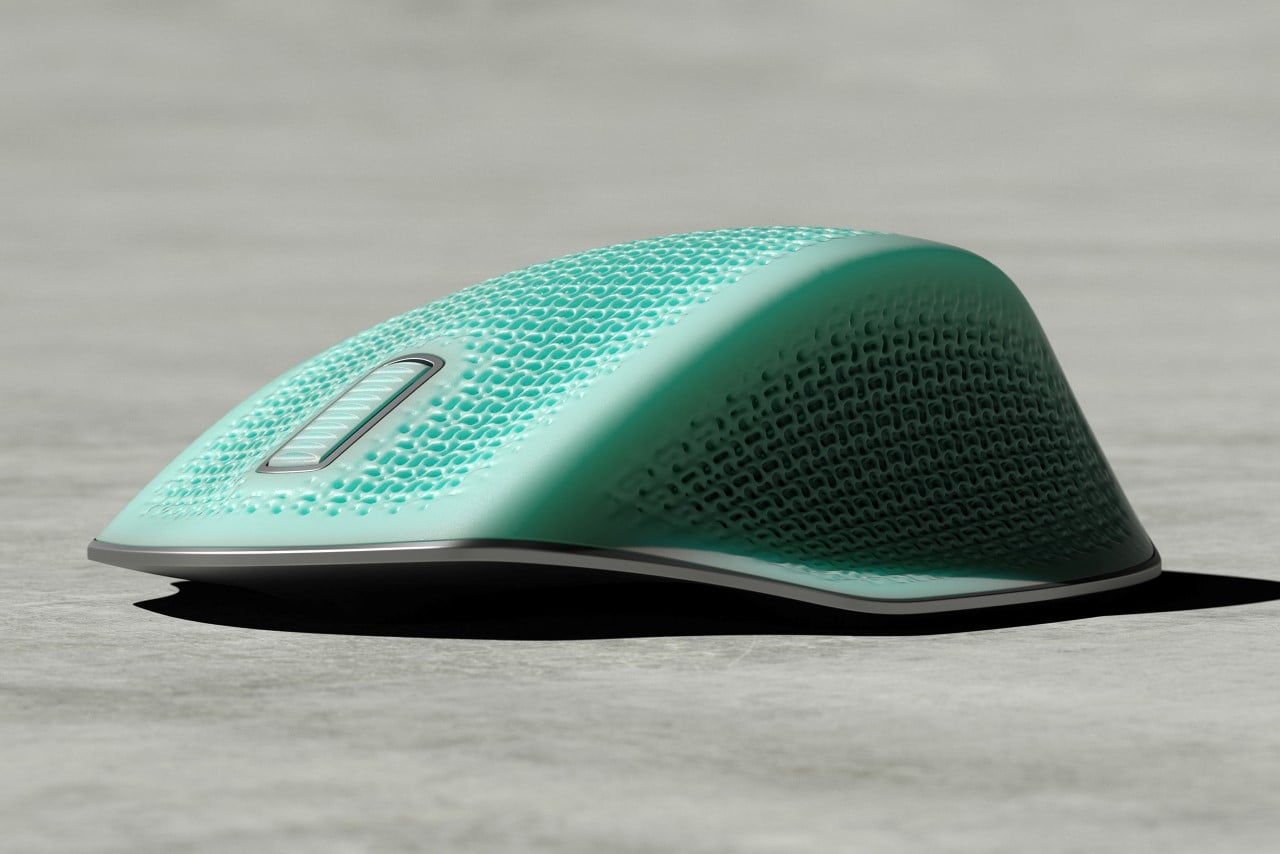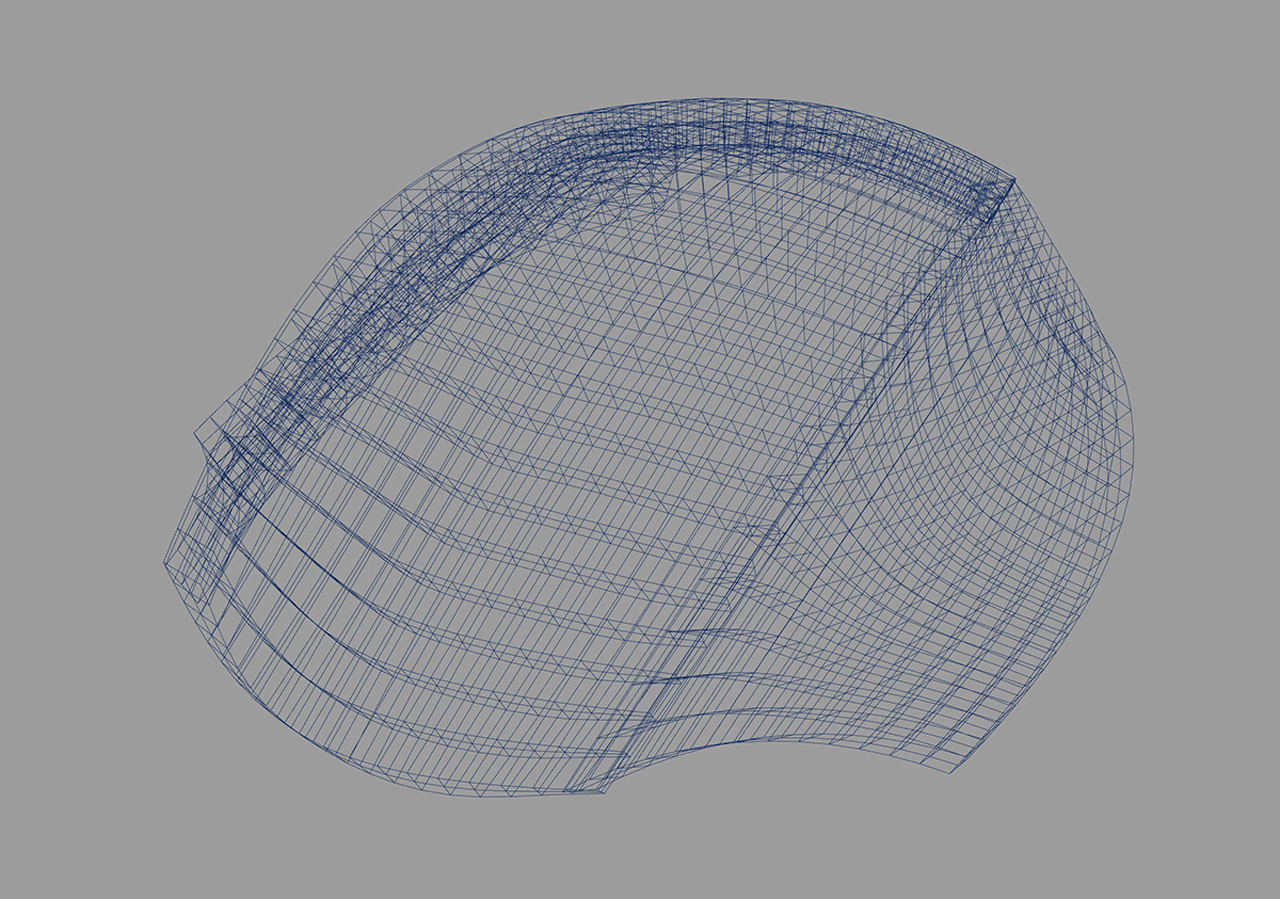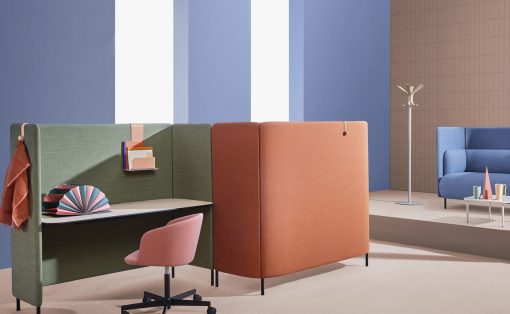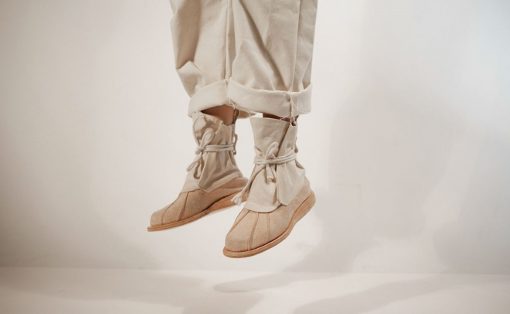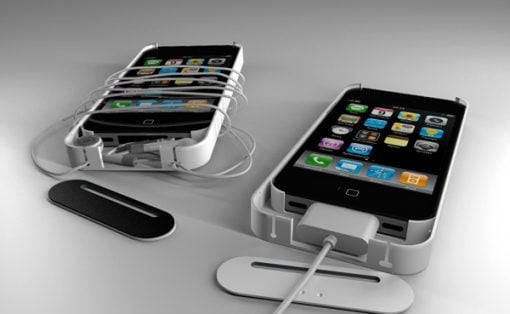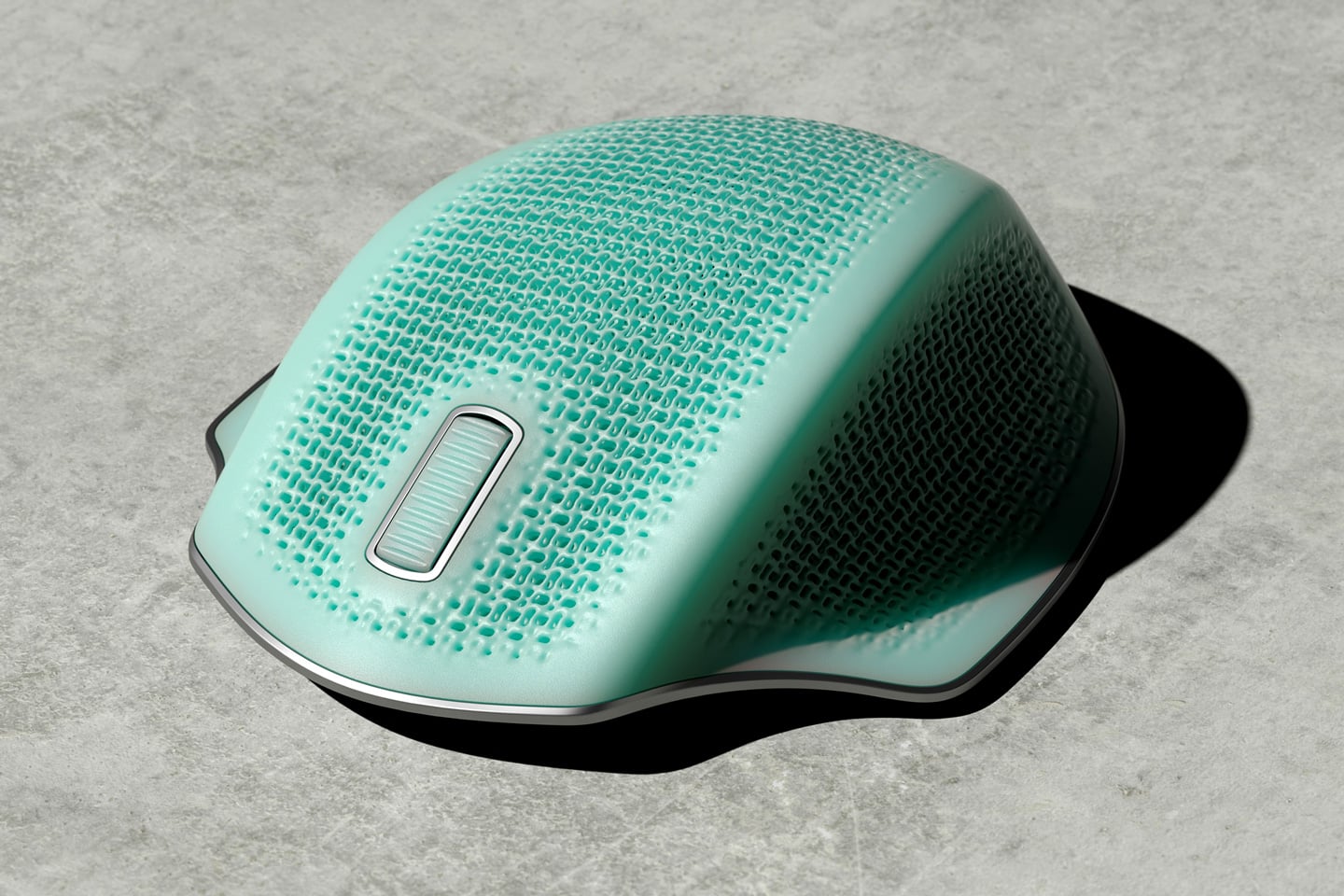
If you just googled the term Ergonomic Mouse, you’d be met with an entire bunch of mice that looked like they were doing Yoga. The term “ergonomics” refers to the science of interaction with humans covering a wide variety of variables… although a majority of ergonomic mice conveniently focus on just curved form factors. The Squishy Mouse, on the other hand, adds another layer to the meaning behind ‘ergonomic mouse’ – a soft, breathable design.
Arguably enough, what the Squishy Mouse does is look at ergonomics from a broader perspective by considering other products like ergonomic chairs and ergonomic shoes. An ergonomic chair or shoe isn’t just curvaceous, it’s soft and breathable too, and the Squishy Mouse makes the case that mice should essentially follow that same logic. Rejecting the notion that curved hard surfaces are all that an ergonomic mouse really needs, the Squishy Mouse sports a curved lattice mesh body that’s soft and reminiscent of the 3D printed soles seen on Adidas’ AlphaEdge and Futurecraft 3D running shoes. The purpose of this isn’t just to conform to the shape of a human hand, but to actually promote comfort and breathability. With about the same soft experience of a stress ball, the Squishy Mouse lets you firmly grip it during use, and ensures that its mesh surface never gets your palms sweaty, even with hours of constant use.
Designer: Matt Barnum
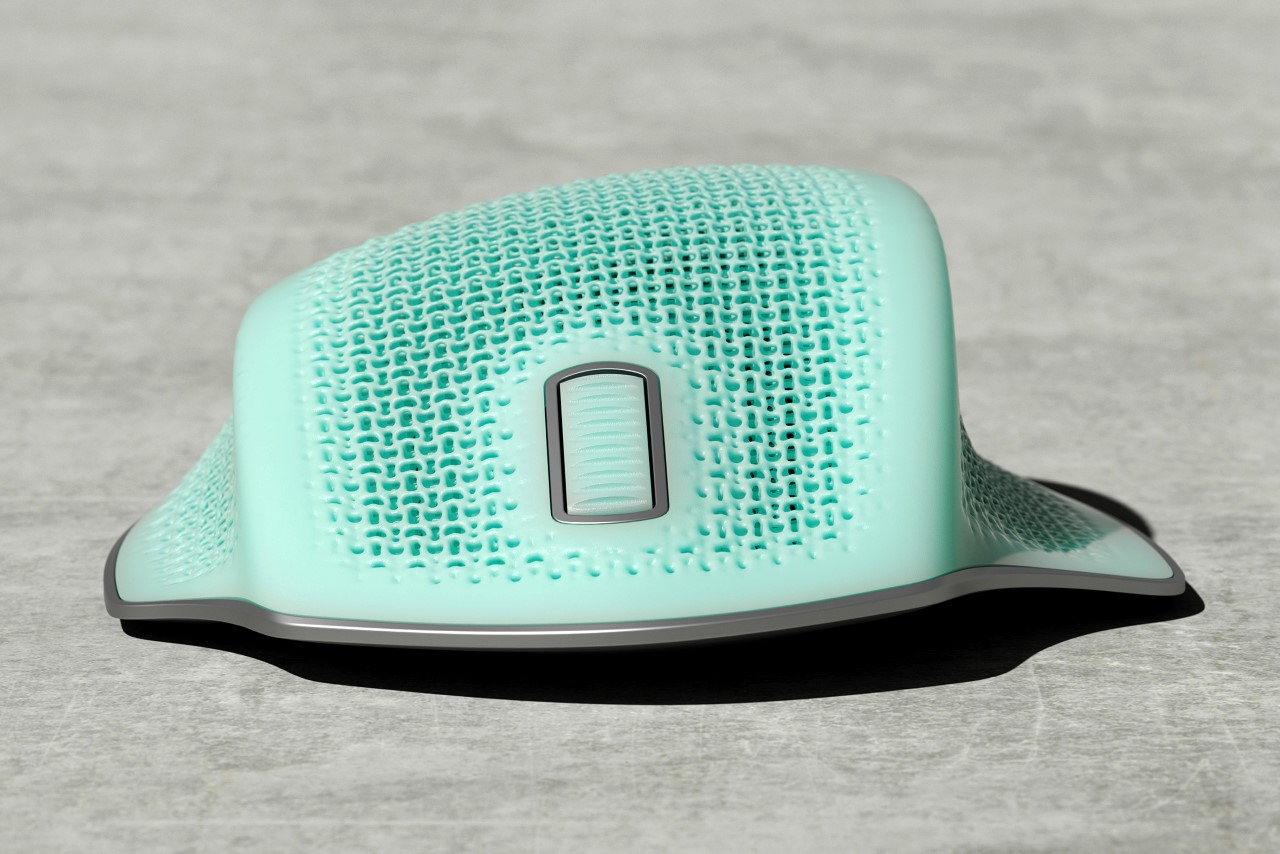
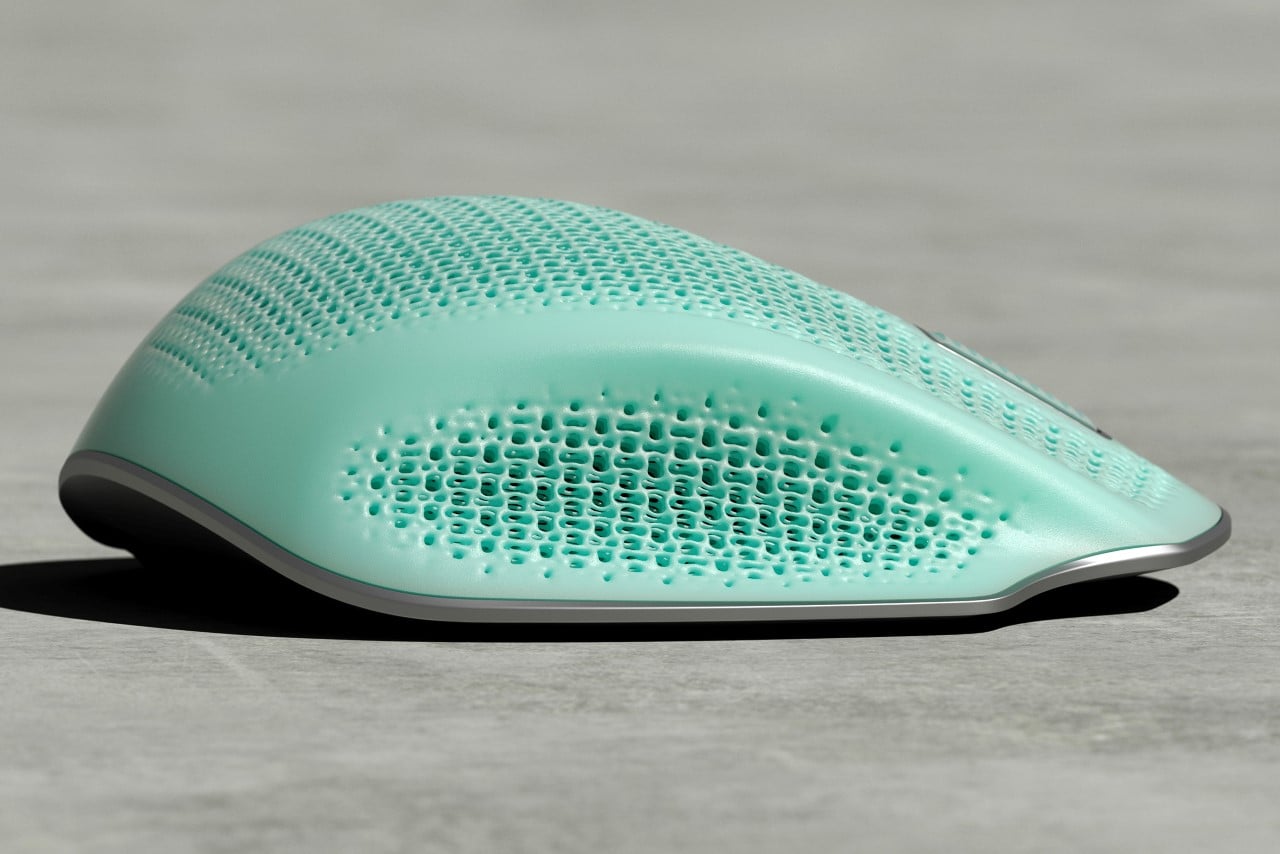
The mouse was designed originally as a learning exercise for Barnum to perfect his skills using generative design tools. (A GIF image at the bottom shows all the steps)
It rests on a metal base, which makes the mouse easy to use and glide on smooth tabletop surfaces.
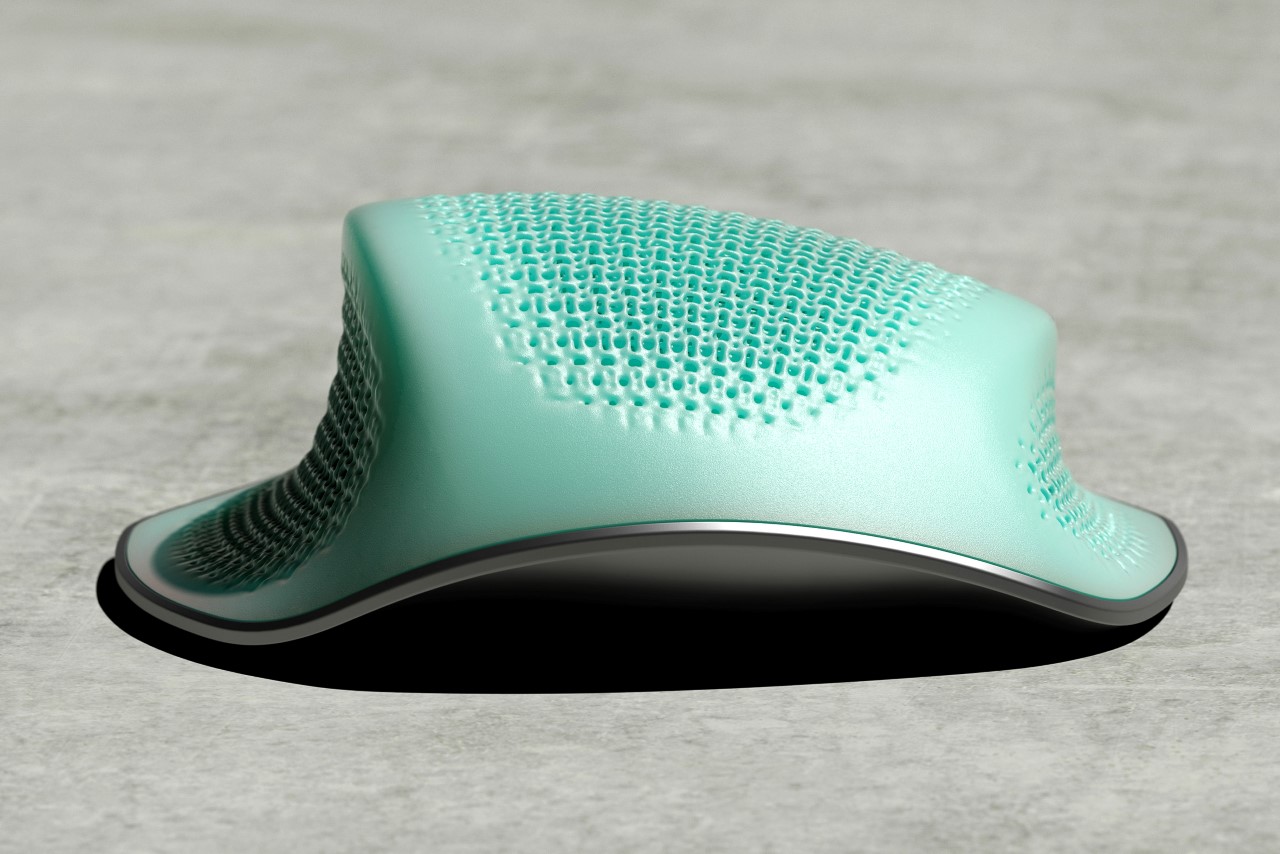
The Squishy Mouse comes in the same mint green as the 3D-printed Adidas soles, highlighting that source of inspiration almost instantly. While it’s unclear whether the mouse intends to use the same printing techniques as seen in Adidas soles, it makes sense from a material perspective. Digital Light Synthesis (or DLS) 3D printing allows light to cure resin in complex shapes, creating designs out of flexible elastomers that are much smoother to look at too. In this case, Barnum’s use of the lattice around areas of contact allows those specific areas to remain flexible, while the edges and contours of the mouse are relatively solid, allowing the Squishy Mouse to basically be squeezed or squished without losing its shape. Notably, even the left and right-click buttons have the lattice texture, offering essentially an absolutely new way of input that’s more squishy instead of clicky (whether that’s a win or fail from a haptic point of view is yet to be determined). That, along with the overall texture of the mouse would easily add a new UX dimension during use, and chances are that you’ll either absolutely hate it, or absolutely love it. I, for one, can’t help but feel incredibly curious!
